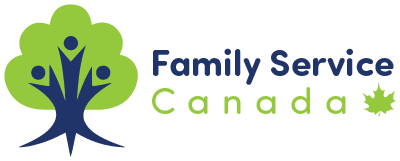Statement on Residential Schools
It has been little more than a week since the discovery of remains of children from Tk’emlúps te Secwépemc First Nation who attended Kamloops Indian Residential School. 215 children, their lives taken from them, leaving families and communities broken.
The discovery has been devastating, and we are heartbroken. Still, our thoughts turn to the mothers and fathers, brothers, sisters, aunts, and uncles, the families and communities who loved each one of these children.
The remains found in Kamloops are a concrete example of the abuse, neglect, violence, and deaths at residential schools, and the school in Kamloops is only one of the 139 schools that operated in our country. The system contributed to what we now understand is the historical trauma experienced by the Indigenous Peoples of Canada.
It is estimated that as many as 6,000 Indigenous children died in these institutions. In 2015, Justice Murray Sinclair said, “the federal government stopped recording the deaths around 1920 after the chief medical officer at Indian Affairs suggested children were dying at an alarming rate.” The Honourable Justice Murray Sinclair is the former Chief Commissioner of the Truth and Reconciliation Commission.
It is imperative that we acknowledge this history and be brave enough to talk about it. We must also continue to respond to the calls to action of the Truth and Reconciliation Commission and the Calls to Justice from the National Inquiry into Missing and Murdered Indigenous Women and Girls.
You can urge elected officials to prioritize progress on the Calls. As an individual or organization, you can also commit to reading through the reports, statements, and materials from both the Truth and Reconciliation Commission and the National Inquiry into Missing and Murdered Indigenous Women and Girls. The reports and resources clarify how Canada’s historical and ongoing colonialism impacts Indigenous people and communities.
June is also National Indigenous History Month (https://www.rcaanc-cirnac.gc.ca/eng/1466616436543/1534874922512), and there is no better time than now to learn about the people who have lived on this land for time immemorial. Learn who they are and listen to their stories.
- The Truth and Reconciliation Commission of Canada was tasked with listening to survivors, their families, communities, and others affected by the residential school system and educate Canadians about their experiences. The statements, reports, and much more are now available through the National Centre for Truth and Reconciliation: https://nctr.ca/. The Truth and Reconciliation Commission provided 94 Calls to Action: https://ehprnh2mwo3.exactdn.com/wp-content/uploads/2021/01/Calls_to_Action_English2.pdf
- In September 2016, Canada’s National Inquiry into Missing and Murdered Indigenous Women and Girls officially commenced (https://www.mmiwg-ffada.ca/). The final report was published on June 3, 2019. You can find the reports, supplementary documents, and Calls for Justice here: https://www.mmiwg-ffada.ca/final-report/


